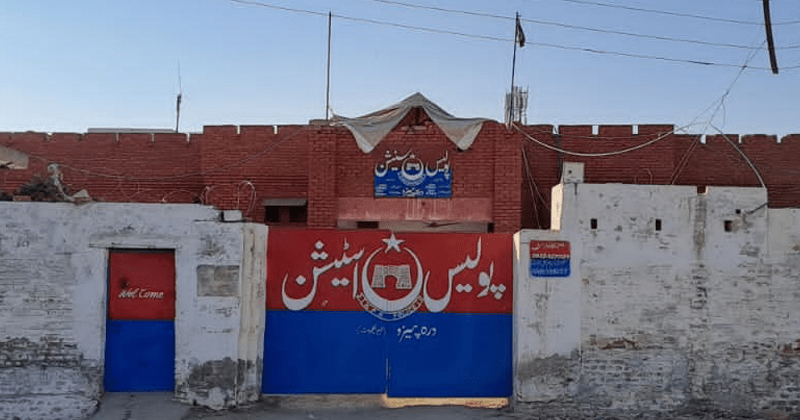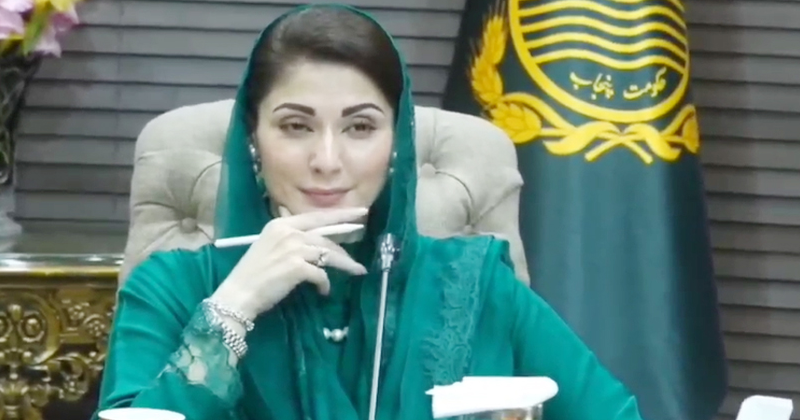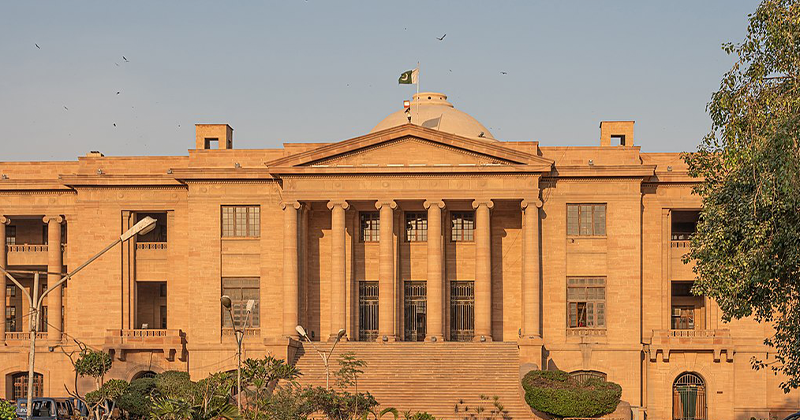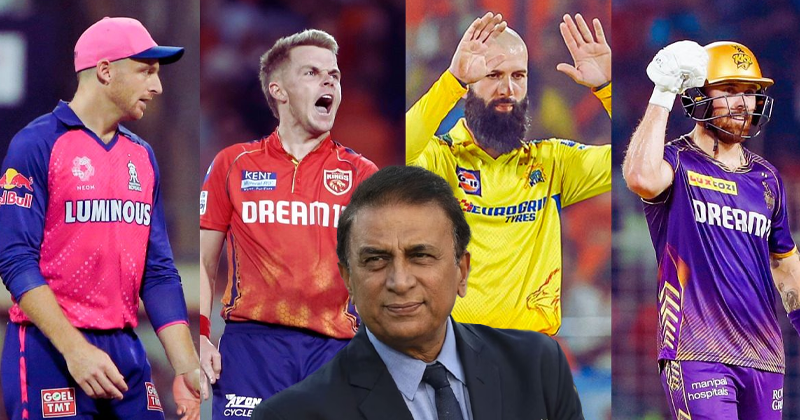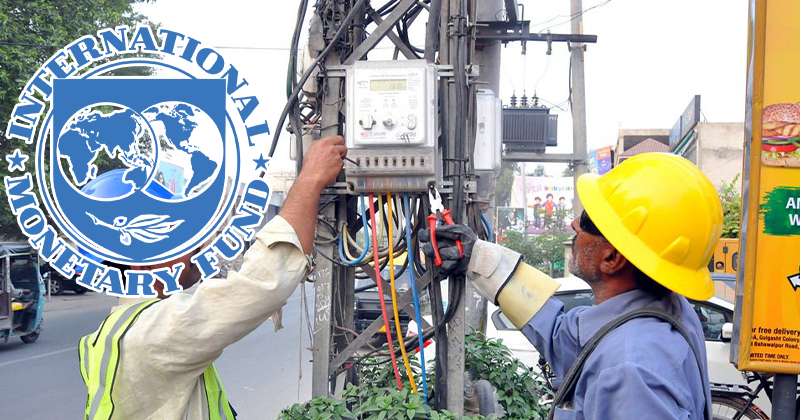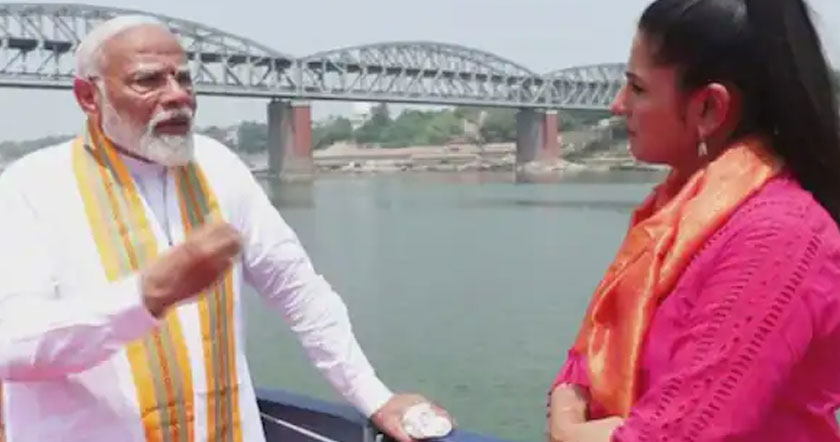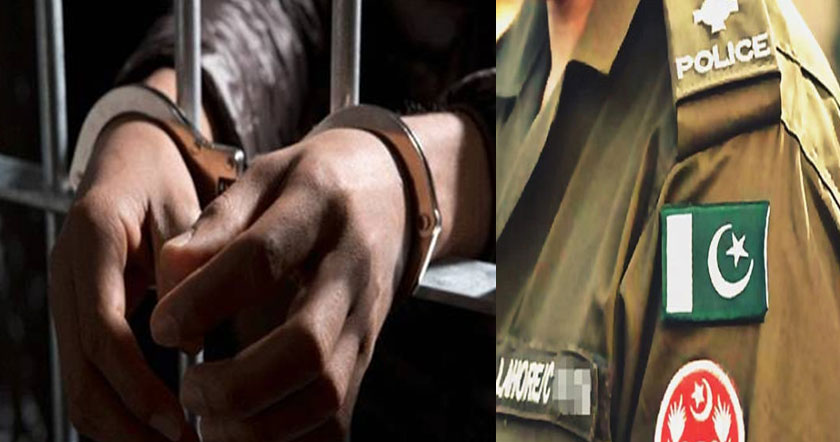China has emerged at the top destination for Pakistani students studying abroad with 19,000 of them in China this year. This figure is more than 3 times the 6,141 Pakistani students currently enrolled in the US universities, according to data available from reliable sources.
 Foreign Students in China:
Foreign Students in China:
China is hosting over 440,000 foreign students in 2017, up 35% from 2012. No other Asian country has as many foreign students as China does today, according to Shanghiist.
The countries sending the largest number of students to China are South Korea, the United States and Thailand, followed by Pakistan, India, Russia, Indonesia, Kazakhstan, Japan and Vietnam, according to data from China's Ministry of Education as reported by Chinese media.
China-Pakistan Economic Corridor (CPEC):
The number of students from countries involved in China's One Belt, One Road (OBOR) initiative, also known as The Silk Road Economic Belt and the 21st-century Maritime Silk Road that includes China-Pakistan Economic Corridor (CPEC), has significantly increased. In 2016, students from the 64 countries in the initiative saw 200,000 students coming to China to study, representing an increase of 13.6% compared with one year before.
British Education in Pakistan:
Even after the dramatic increase of Pakistani students going to China, the United Kingdom still remains the top source of international education for Pakistanis. 46,640 students, the largest number of Pakistani students receiving international education anywhere, are doing so at Pakistani universities in joint degree programs established with British universities, according to UK Council for International Student Affairs.
The number of students enrolled in British-Pakistani joint degree programs in Pakistan (46,640) makes it the fourth largest effort behind Malaysia (78,850), China (64,560) and Singapore (49,970).
China's Soft Power:
China is now taking a page from the successful playbook of the Americans and the British to project their soft power through education. The Chinese government is making significant investment in scholarships and facilities to foster a greater understanding of the Chinese culture and language globally, and expand Beijing's soft power.
Summary:
China has emerged at the top destination for Pakistani students studying abroad with 19,000 of them in China this year. This figure is more than 3 times the 6,141 Pakistani students currently enrolled in the US universities. Chinese government is investing in scholarships and facilities to entice foreign students, particularly those from countries such as Pakistan that are part of China's Silk Road initiative, in an effort to project its soft power.
Source

China is hosting over 440,000 foreign students in 2017, up 35% from 2012. No other Asian country has as many foreign students as China does today, according to Shanghiist.
The countries sending the largest number of students to China are South Korea, the United States and Thailand, followed by Pakistan, India, Russia, Indonesia, Kazakhstan, Japan and Vietnam, according to data from China's Ministry of Education as reported by Chinese media.
China-Pakistan Economic Corridor (CPEC):
The number of students from countries involved in China's One Belt, One Road (OBOR) initiative, also known as The Silk Road Economic Belt and the 21st-century Maritime Silk Road that includes China-Pakistan Economic Corridor (CPEC), has significantly increased. In 2016, students from the 64 countries in the initiative saw 200,000 students coming to China to study, representing an increase of 13.6% compared with one year before.

|
| British Education in Joint Degree Programs Outside UK. Source: UKCISA |
British Education in Pakistan:
Even after the dramatic increase of Pakistani students going to China, the United Kingdom still remains the top source of international education for Pakistanis. 46,640 students, the largest number of Pakistani students receiving international education anywhere, are doing so at Pakistani universities in joint degree programs established with British universities, according to UK Council for International Student Affairs.
The number of students enrolled in British-Pakistani joint degree programs in Pakistan (46,640) makes it the fourth largest effort behind Malaysia (78,850), China (64,560) and Singapore (49,970).
China's Soft Power:
China is now taking a page from the successful playbook of the Americans and the British to project their soft power through education. The Chinese government is making significant investment in scholarships and facilities to foster a greater understanding of the Chinese culture and language globally, and expand Beijing's soft power.
Summary:
China has emerged at the top destination for Pakistani students studying abroad with 19,000 of them in China this year. This figure is more than 3 times the 6,141 Pakistani students currently enrolled in the US universities. Chinese government is investing in scholarships and facilities to entice foreign students, particularly those from countries such as Pakistan that are part of China's Silk Road initiative, in an effort to project its soft power.
Source
























